Seasons
Summer and fall are by far the best times of the year to visit because the weather is the finest. Good weather cannot be kept a secret in Portland, so during the warmer season expect to find many others enjoying the sunshine. When it warms local events happen all over town, so choosing what to do may become challenging. “Winters are cold and dark and springtime rains seem to go on forever,” explains one resident who loves living in Portland. I was in Portland and was amazed at how humid it was and realized I could have packed better. When the sun is out Portland is a happy place. People are smiling as they stroll about; sometimes on bikes or with dogs while greeting each other. In general, keep an eye out for dog poop as you stroll the sidewalks as many owners were careless to pick after their dogs.
Neighborhoods
Today, Portland is divided into a few different neighborhoods: North, Northeast, Northwest, Southeast, and Southwest Portland, and within these neighborhoods are districts varying in popularity. Many people living in Portland were drawn here for the close sense of community and organic living, which is why supporting local businesses is a big deal here, though a few corporate giants have found their way in. Portland is known for its large number of micro-breweries and micro-distilleries, like Rogue Ales and Jake’s. Rouge Ales offers distillery tours at 2 pm Monday-Friday or by special request.
Southwest Portland
The Southwest is where Downtown Portland is located, including Pioneer Square, Waterfront Park, and the Harborwalk. Washington Park is also located in this region. Downtown consists of both local and corporate, high-priced shops and eateries. One of the most popular shopping areas is near Pioneer Square at Pioneer Place and outward. Also, Downtown Portland on SW Adler and 10th Street is where sixty or so food trucks are permanently parked for business. You can get a very tasty meal for an affordable price.
Park Street is located not too far from Pioneer Square in a beautiful neighborhood with old trees that line the streets. Running right up the middle of Park Street is a park with statues and a small rose garden. On either side of the street are local cafes, restaurants, pubs, museums, and historic buildings. Portland Art Museum is located on this street and is the oldest museum on the West Coast. It is internationally recognized for its permanent collection and ambitious special exhibitions, drawn from the Museum’s holdings and the world’s finest public and private collections. The museum is wheelchair accessible and equipped with ramps and restrooms. A few psychic readers are in the downtown area along with many strip clubs. Along the water at Waterfront Park is the Harborwalk Trail—a flat and paved path that runs approximately 5.2 miles from Portland’s East End Beach around the harbor and across the Casco Bay Bridge to the South Portland Greenbelt Walkway and Bug Light Park. It’s a very popular place for people to gather, especially tourists.
The Voodoo Doughnut Shop and Powell’s City of Books have become world-famous attractions in Portland and are worth experiencing if you like sugary doughnuts and independent bookstores. Live music concerts are a popular form of entertainment and there are many indoor and outdoor venues throughout the city. During the warmer months a section of Main Street, in Downtown Portland, becomes a cultural center with rotating events one of which is “Music on Main.” Near an iconic Portland sign is where a stage is set up and then a small dancing area followed by a sea of tables and chairs, though many people also stood or brought seats from home. Food, beer, wine, and non-alcoholic drinks are available. I found out about this only because my local friend had a friend in the band that was playing. Some people got up to dance while others moved and grooved wherever they were, including me. It was a rich sense of community that I was happy to be a part of.
The hills of Portland are covered in forests with some lucky residents nestled in between. Two of the most popular parks in these hills are Washington Park and Forest Park. However, in the Southwest region of Portland, many locals go to Council Crest Park for a picnic or to watch the sunset. The park has some paved and non-paved trails and being on a hillside, there are some slopes to deal with but the vista point is easily accessible. Locals love this park for the view of the five Cascade Mountains. Parking is to the east (no sidewalks) and the vista point which has a sidewalk is to the west.
Two main roads cross through Washington Park with a few side streets. Washington Park is more of a tourist destination than Forest Park because of all the attractions located inside. To get around to the attractions you will need your vehicle. One of the biggest attractions is the International Rose Test Garden since Portland is often referred to as the city of roses. From a handicapped parking spot head to the far right side of the garden where a ramp takes you down to the first rose bed. This area is semi-wheelchair accessible because a set of stairs creates a barrier blocking access to the other side. To see the rest of the International Rose Test Garden one must travel down a paved but very steep pathway. A warning sign is displayed even for wheelchair users about the incline and the rest of the garden is quite hilly. Power wheelchairs would be able to manage at least some of the rose garden as long as breaks are well-tuned or if traveling with someone physically fit and willing to get a workout pushing.
Across from the International Rose Test Garden is Portland’s Japanese Garden. Getting there requires hiking up a large roadway hill, but across the street from the rose garden is a shuttle stop for the Japanese Garden. The shuttle has a wheelchair accessible lift, which could accommodate at least two wheelchairs per trip. The Japanese garden is only partially accessible so a discount is given (see map). When purchasing a ticket you will get a map and it will clarify what the accessible route is. What you can see is beautiful. Some areas may be challenging if using a manual wheelchair, like over a small patch of cobblestones or up a short hill to the waterfall. If needed, a wheelchair accessible bathroom is available here. The Portland Chinese Garden is located outside Washington Park but is also a lovely garden worth visiting. On the other side of Washington Park from the Japanese Garden is the Portland Zoo, which is ADA accessible but not level, so again manual wheelchairs may incur challenges.
About fifteen minutes from Downtown Portland in Southwest Portland is the wheelchair accessible hiking trail at Tryon Creek State Park. Near the Nature Center, where accessible restrooms and parking can be found, you can get right on the Ruth Pennington Trillium Trail—a fully paved ADA trail. The trail loop is a little under half a mile long, is practically level, and has a pathway that intersects the loop in case you need to cut the hike short. The trailhead to the bike bath is also located at the same parking lot. This trail is flat and wide enough for most wheelchairs. However, it is packed dirt which can be problematic for some wheelchairs especially when wet.
Northwest Portland
The Northwest area encompasses the posh Pearl District, part of Chinatown, and an area known as the Alphabet District. The names of businesses on the street coincide with the order of the alphabet in this district, which makes finding what you are looking for a little easier. At most restaurants, wheelchairs can get in the front door yet restrooms can be questionable, so inquire. Some businesses, including many retail shops, are older homes that have been converted into businesses and rarely have ramps. Regardless, there are enough accessible options with friendly service. The two most popular streets in the Alphabet District are 21st Street and 23rd Street; also known as Nob Hill or Uptown. On 23rd Street, you can catch a small food stand serving sweet to savory grilled PB&J sandwiches; a unique and tasty experience! Both the Southwest and Northwest are the most desirable destinations for tourists focused on dining and entertainment.
Forest Park is larger than Washington Park and is made up of hiking trails with parking lots just off the side of the road. Forest Park is not very wheelchair friendly but a part of the Lower Macleay Trail is paved and designed to be ADA, meaning it is paved for about the first couple hundred feet. The accessible part ends along Balch Creek and is quite scenic where cutthroat trout are often seen and fished for. After that, the trail becomes steep and rocky.
In Forest Park, you might also want to try Leif Erikson Drive, which is a gravel road that stretches 11 miles through Forest Park. It is wide and with a gentle incline. It was built in the 1910s as a road for future housing development but the development was stymied and the road became part of Forest Park. The entrance to Leif Erikson is on the narrow side as there is a locked gate with an opening on the side that pedestrians enter through. Some wheelchairs will have to off-road it a bit to pass through but once through the trail is wide enough for any size. Google Map these two wheelchair accessible trail options at Forest Park in Portland.
Northeast Portland
In the Northeast part of Portland is The Grotto, a Catholic Shrine, with beautiful botanical gardens worth visiting. It truly is an oasis in this part of Portland. From the paved parking lot look for the wheelchair access sign for the most friendly route. The other route can be done if using a power wheelchair, exceptional upper body strength, or a willing able-body to push. The ground, plaza level consists of the gardens, The Grotto itself as well as other statues and the welcome center. Access to this ground level is free of charge but you may want to see the upper level.
To reach the upper level you will need to purchase a token at the welcome center-gift shop. Children under 6 are free. Once you have your token, head up the ramp in the back right corner to the elevator that brings guests to the upper level. A side gate must be opened by a member of The Grotto, which they were vigilant to arrange. The elevator crawls along the jagged cliff of The Grotto; it was very impressive!
The elevator opens up to the upper level of gardens with more Catholic shrines, chapels, and statues. The Meditation Chapel is a place where you can quietly be. The building itself is a lovely example of modern architecture, equipped with a ramp but no automatic doors. The pathway that meanders through the Upper Grotto is paved and practically level everywhere. Many native plants and trees can be enjoyed here. The design of the gardens certainly creates a peaceful environment. A Japanese-style garden with a pond is called the Peace Garden and nearby a rose garden marks the entrance to a private Servite Friars Monastery. All and all it was beautiful.
Attractions Nearby Portland
The state of Oregon created a nice PDF about accessible recreational options for fishing and hunting spots as well as trails and picnic areas throughout the state. People from all over the world come to fish in Oregon and with its pristine surroundings, it’s no wonder. Below you will find some more ideas about what there is to see and do just outside of Portland.
1. The Columbia River Gorge National Recreation Area between Oregon and Washington is known for a plethora of waterfalls, including the famous Multnomah Falls, which is wheelchair accessible. Lots of other outdoor attractions and hiking trails can be found in this area with views of Mount Hood and Columbia River. Take a cruise on the river or go zip-lining at the Skamania Lodge. Don’t forget to explore the Fruit Loop for great places to eat as well as wine tasting and microbreweries. Read more about wheelchair travel in the Columbia River Gorge National Recreation Area.
2. Southwest of Portland, on Highway 99W, lies Willamette Valley Wine Country. Boasting two of Oregon’s wine regions, North Willamette Valley and South Willamette Valley, 440 wineries call the valley home and produce 78% of Oregon wine and 87% of Oregon’s Pinot Noir. Many wineries are small “mom and pop” type setups, usually with no tasting room.
There are still plenty of bigger wine producers with wineries that offer tastings. Right off of Highway 99W are signs of some of these big wineries for the region, many with tasting rooms in the downtown areas. In the city of Newberg is Rex Hill Vineyards, one of the largest wine producers in Oregon. One handicapped parking space is available right near the door to the tasting room, which is large and heavy. At the tasting bar, there is no lowered section for wheelchair users but there are many tables at which staff is happy to give tastings. A handicapped-accessible restroom is also available inside.
Also on Highway 99W is the town of Dundee where the Argyle Winery tasting room is located. This award-winning winery specializes in the best sparkling wine in Oregon. Hungry? Dundee Bistro, also in the town of Dundee, is a tasty option. Further on Highway 99W is the quaint town of McMinnville and in its downtown on Main Street is a wine tasting room for R. Stuart & Co, a maker of fine wines with clean and crisp varietals.
3. Downtown McMinnville has a lot of cute local shops and places to eat on Main, 2nd, and 4th Street. However, the biggest attraction in this town is the Evergreen Aviation & Space Museum. This museum houses an abundance of aircraft vehicles including one of the biggest Howard Hughes H-4 Hercules “Spruce Goose.”
Impressively, there was a lift to the “Spruce Goose” so those with limited mobility could see inside like the rest of the paying customers. The layout is very wheelchair friendly but the museum is large, consisting of three buildings, one of which is a theater. When needed elevators and accessible restrooms are available as well as ample handicapped parking. A large parking lot separates the buildings and the pathway is smoothly paved, but for some, this can be a long push.
4. The Banks-Vernonia State Trail is a scenic 21-mile paved bike trail (42 miles there and back) approximately 50 minutes west of Portland. The two most accessible trailheads are the Tophill and the Buxton. The Tophill Trailhead has no designated handicapped parking spot and moments into the trail are large hills in either direction. The Buxton Trailhead has a larger parking lot with one handicapped spot but both parking lots are made of gravel rocks, which is challenging for a manual wheelchair to roll through. Both trailheads also have an accessible equestrian loading platform.
For those using a power wheelchair or scooter, it is very well possible that the entire trail is accessible. There are hills in some areas making it difficult for manual wheelchairs to conquer alone. Out of the two trailheads, the Buxton Trailhead offers the most accessible route for manual wheelchair users. However, access to this part of the Banks-Vernonia State Trail at the Buxton Trailhead requires going up (and down) a medium-sized steep slope. This can be avoided if you park on the road instead of in the parking lot. One direction is almost level for a while until there is a large hill. I turned around as my energy level was not willing to take on this challenge and headed South on the trail. This way is much easier and very scenic through the trees and ferns. Along the way, many locals gave friendly greetings as they passed by. The trail was ever so gradually sloping downwards so I paid attention to how much I would have to push back.

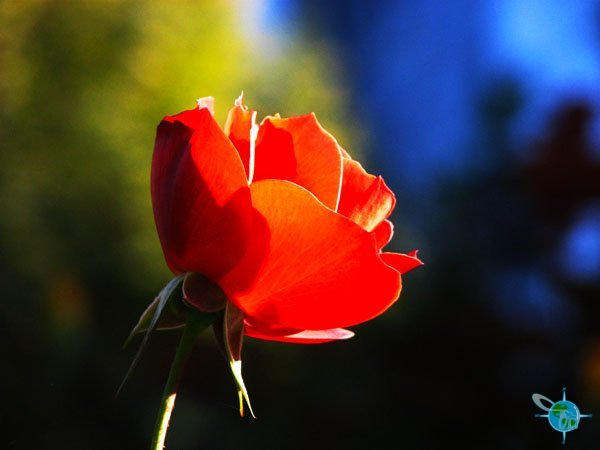
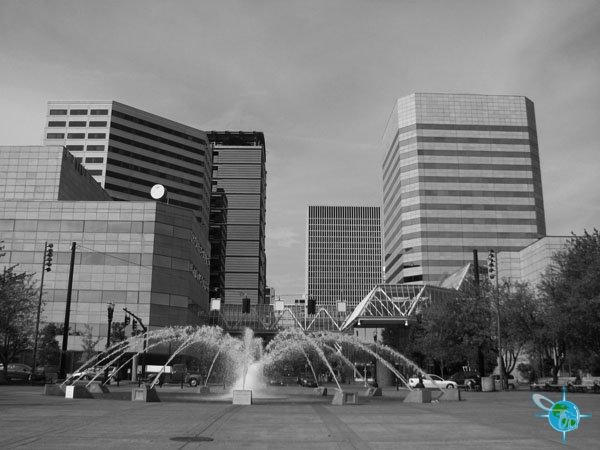
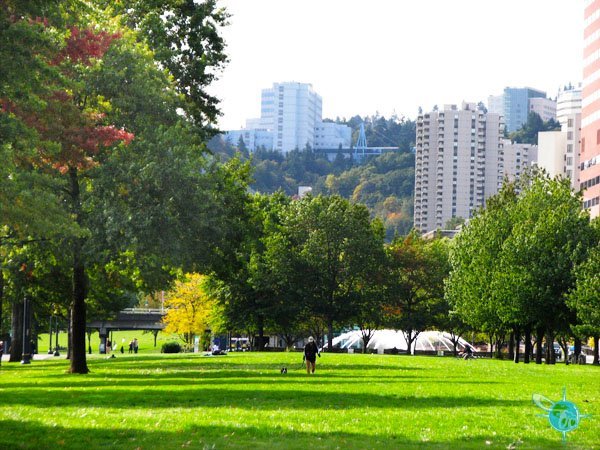
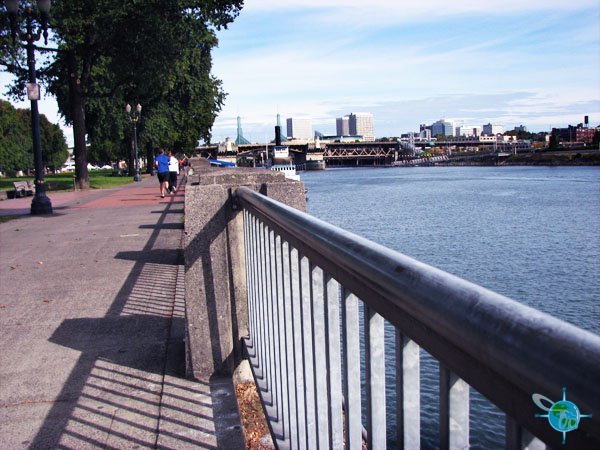
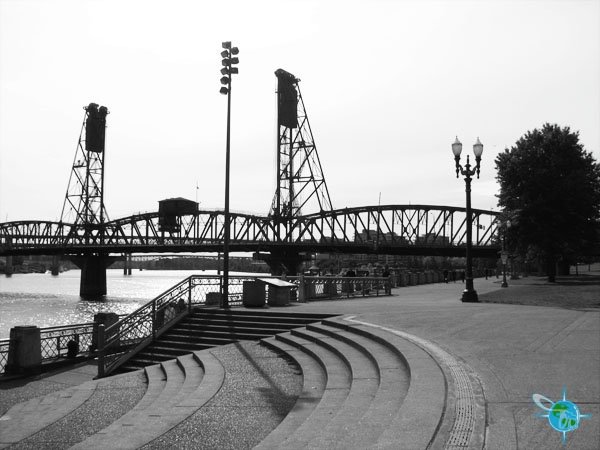
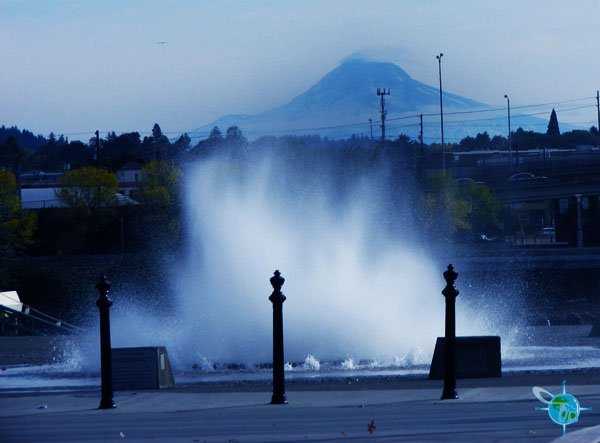
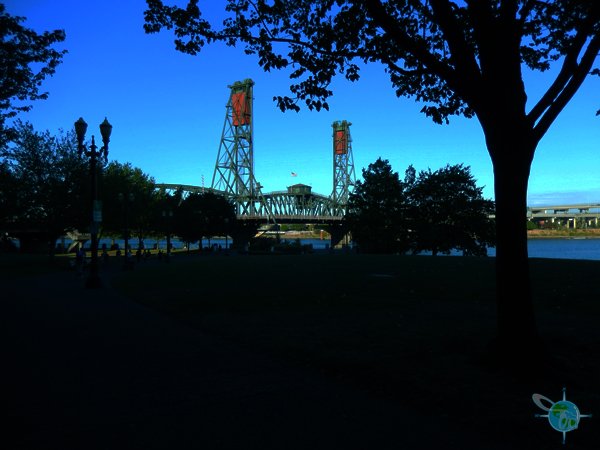
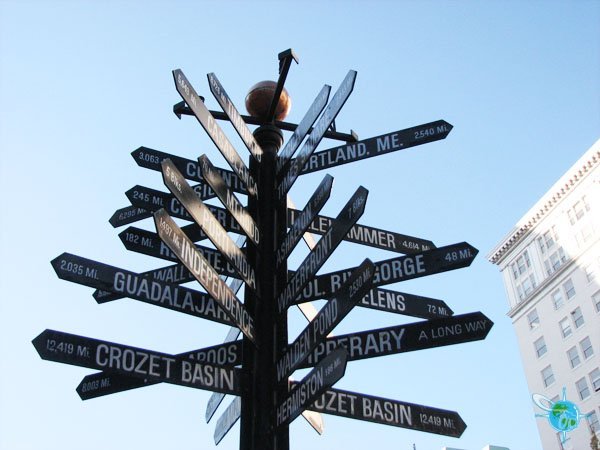
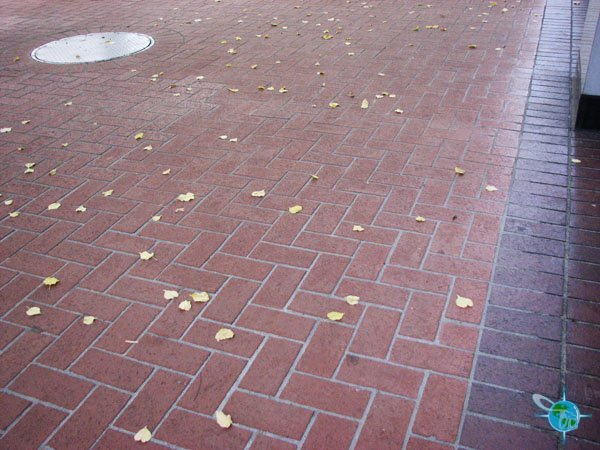
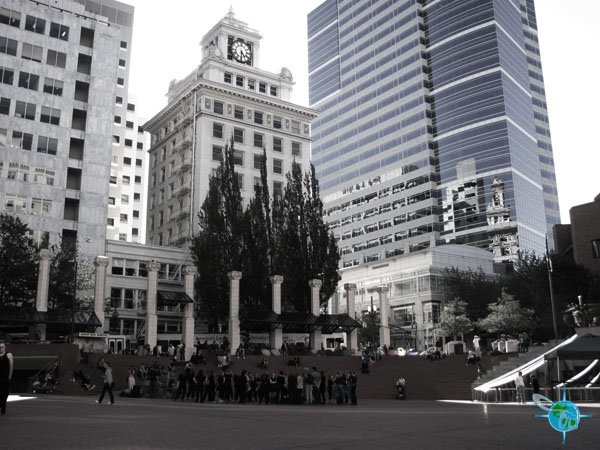
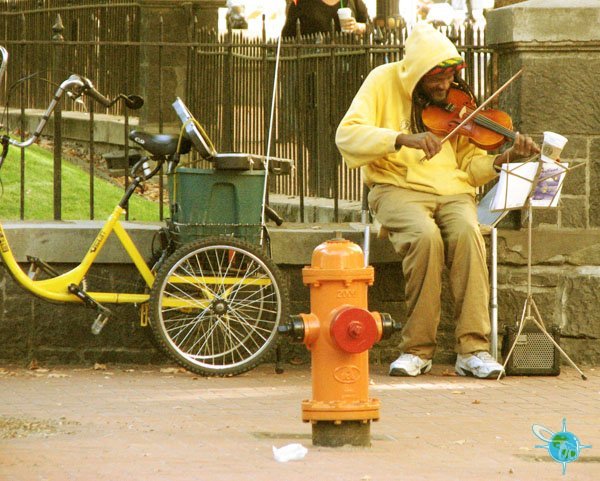
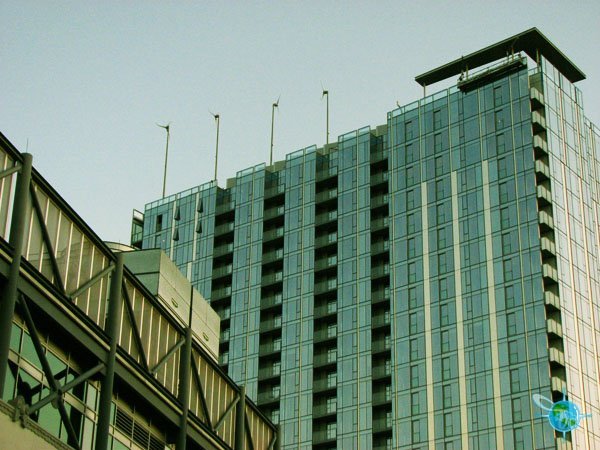
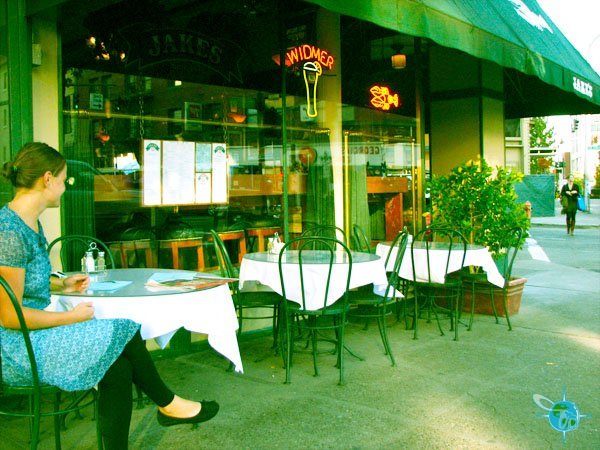
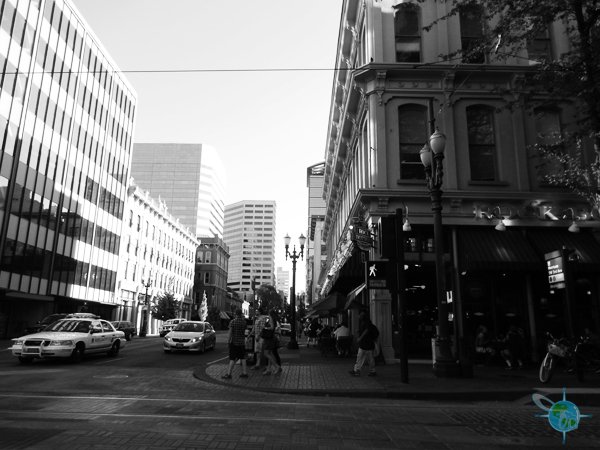
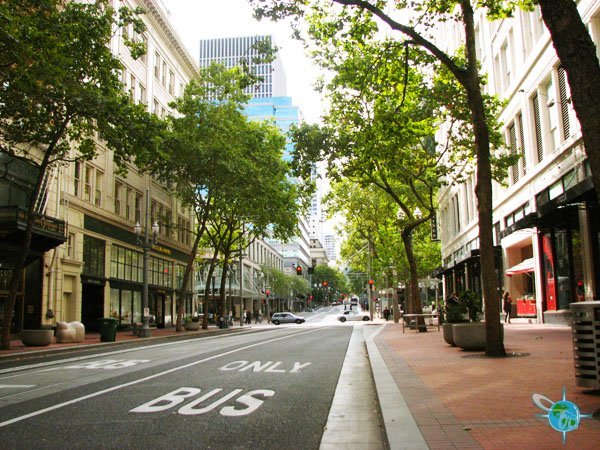
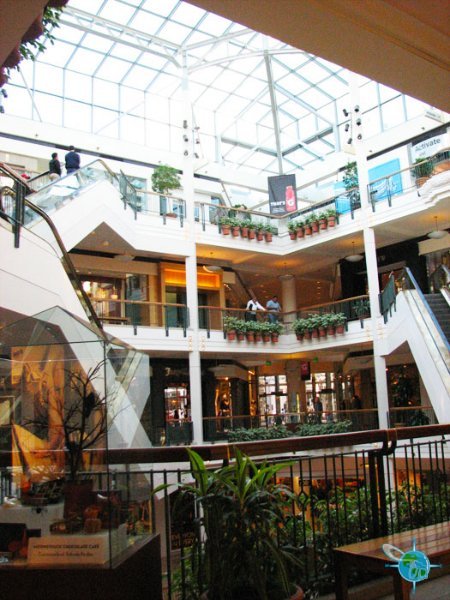
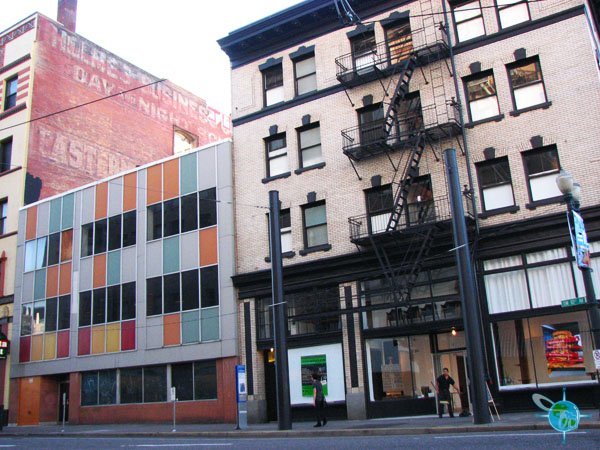
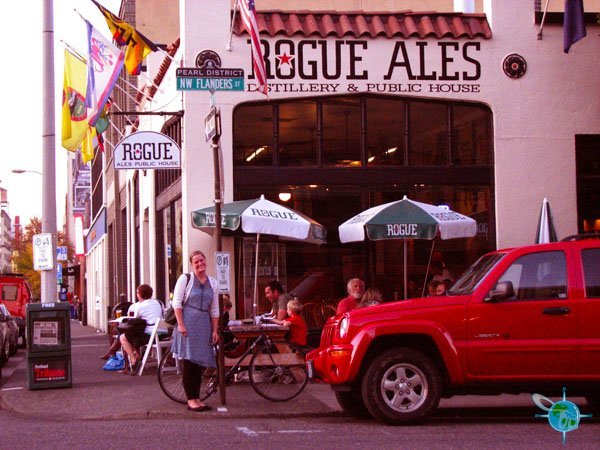
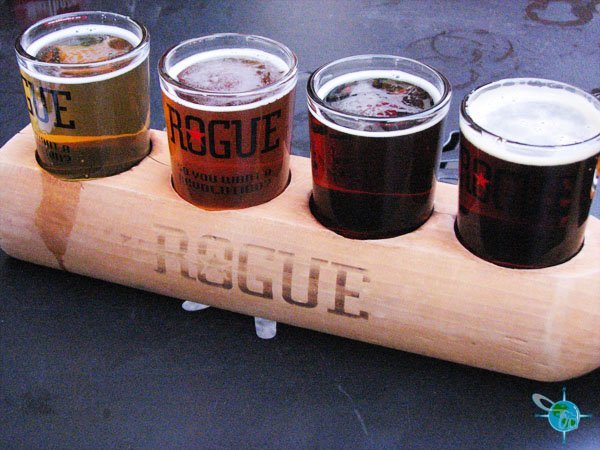
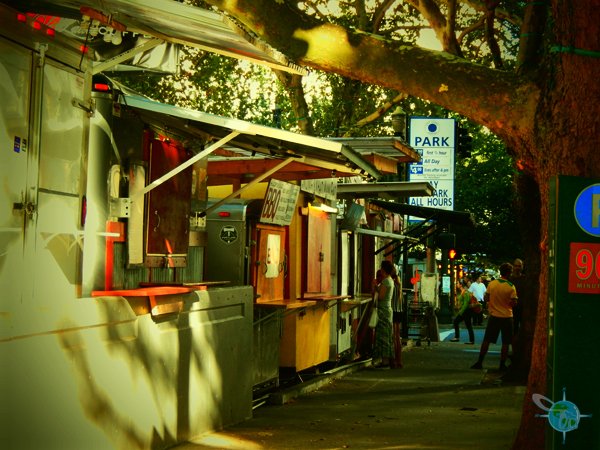
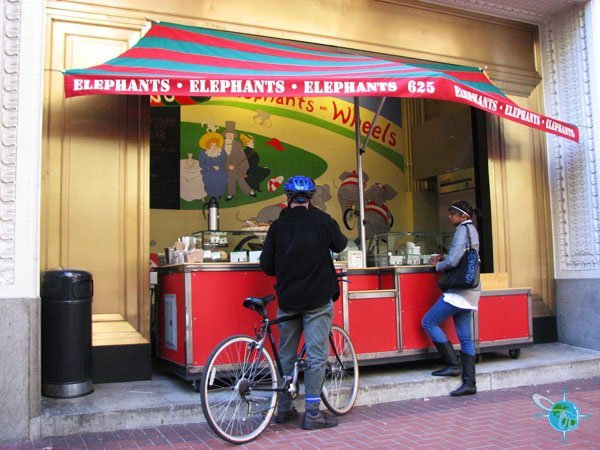
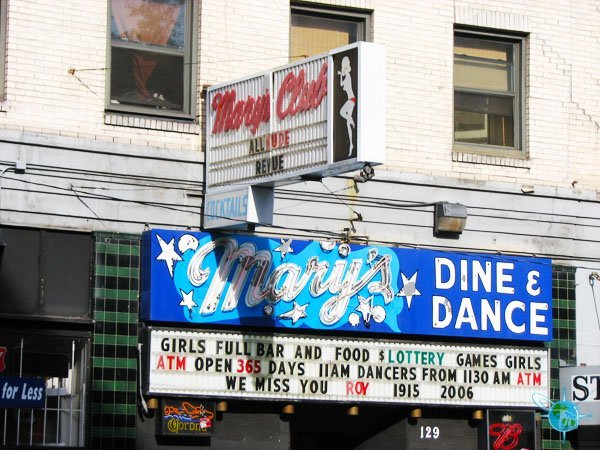
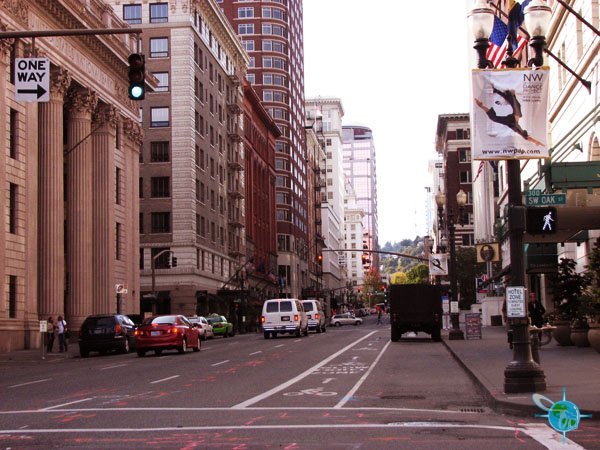
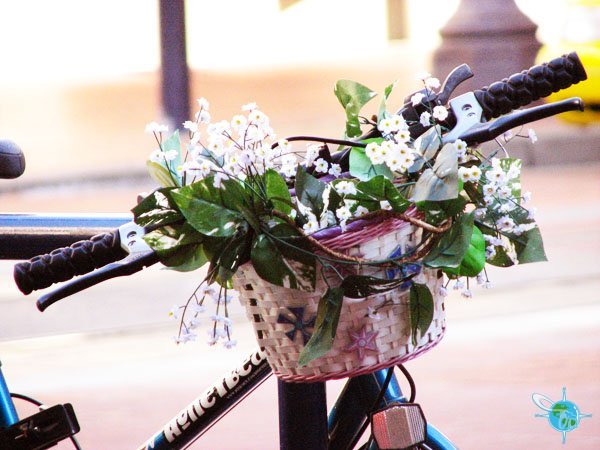
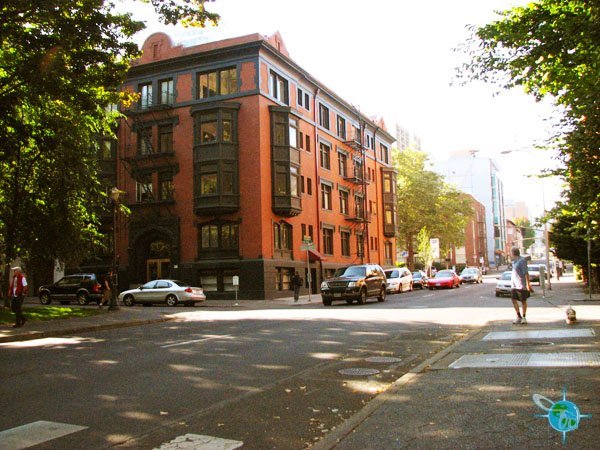
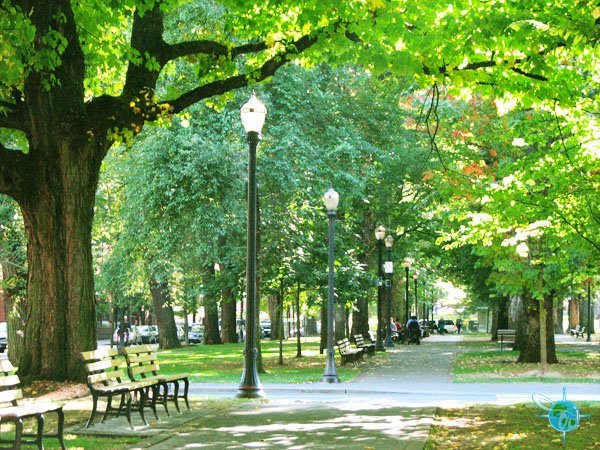
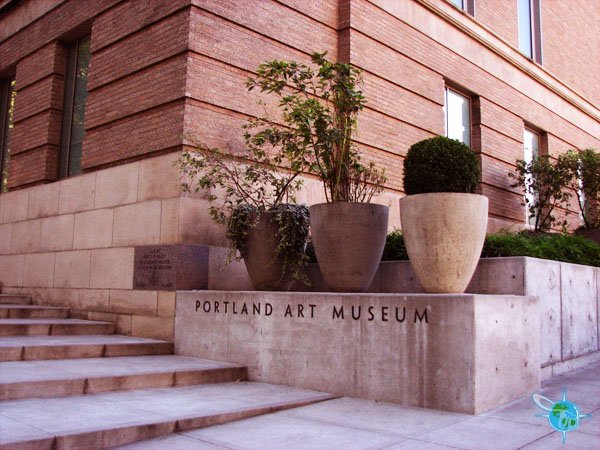
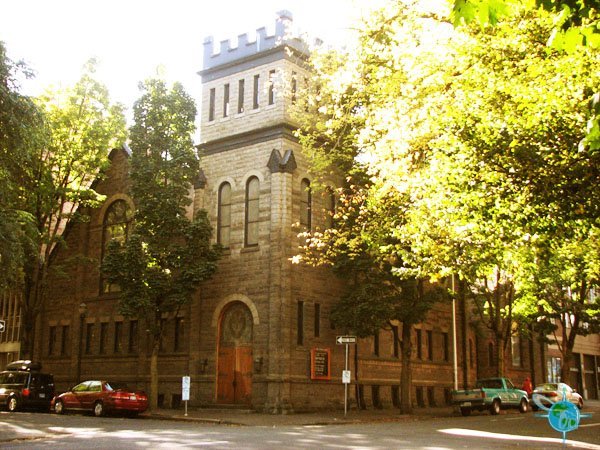
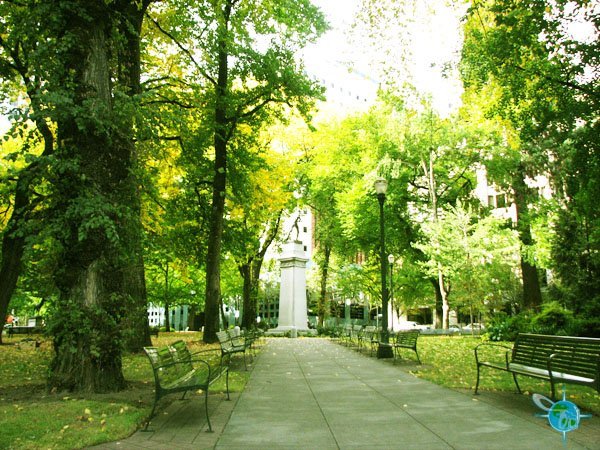
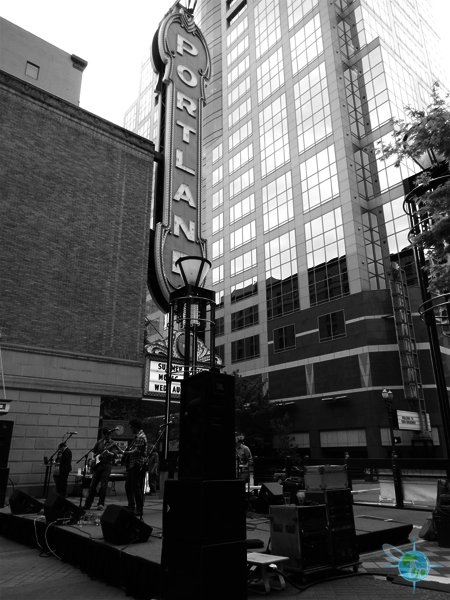
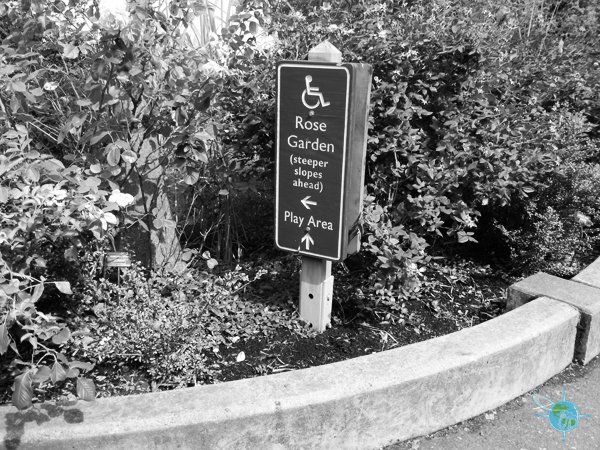
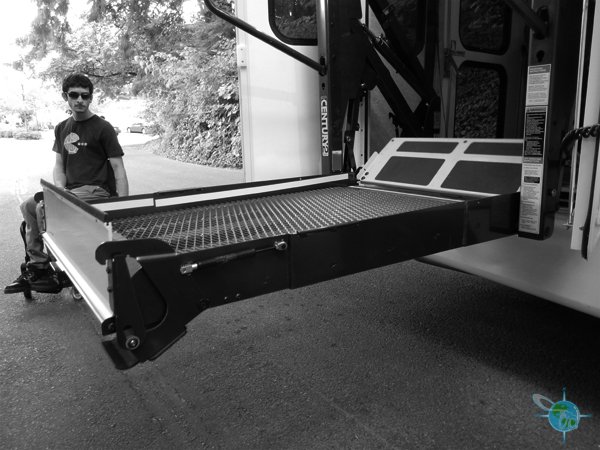
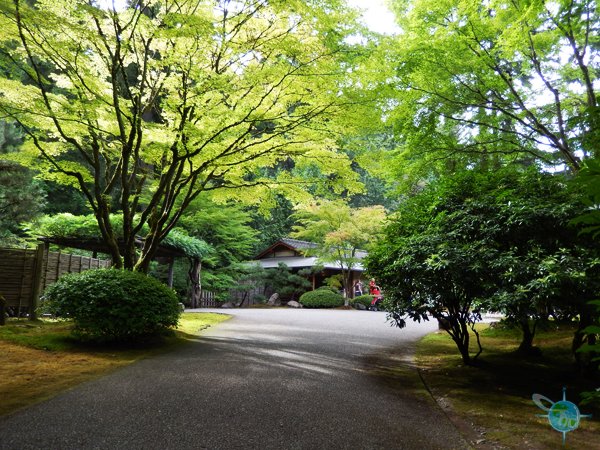
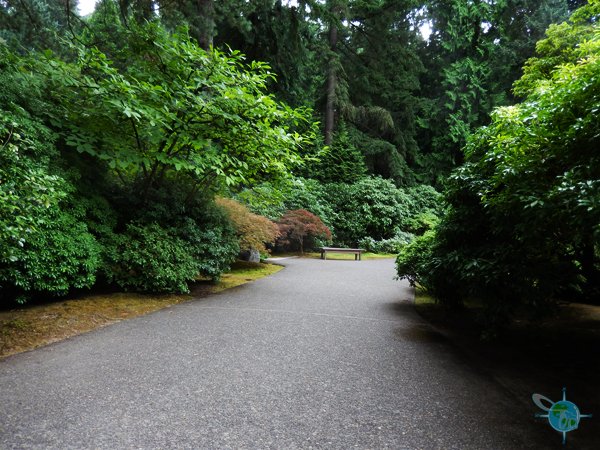
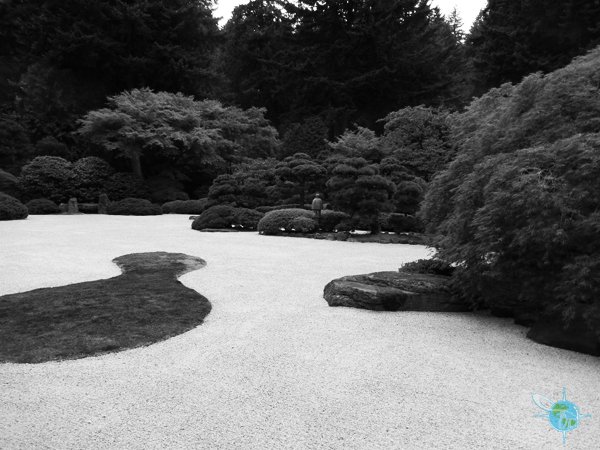
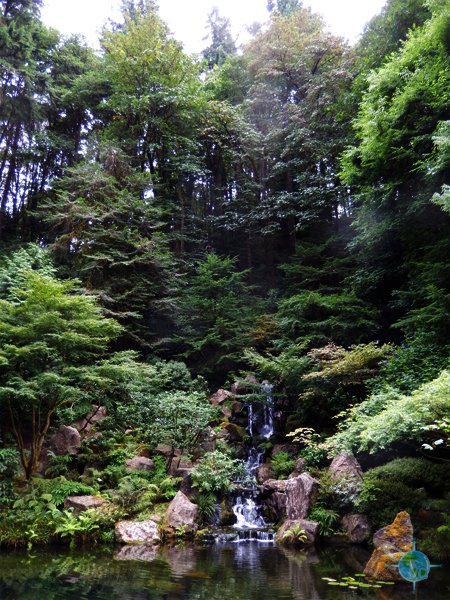
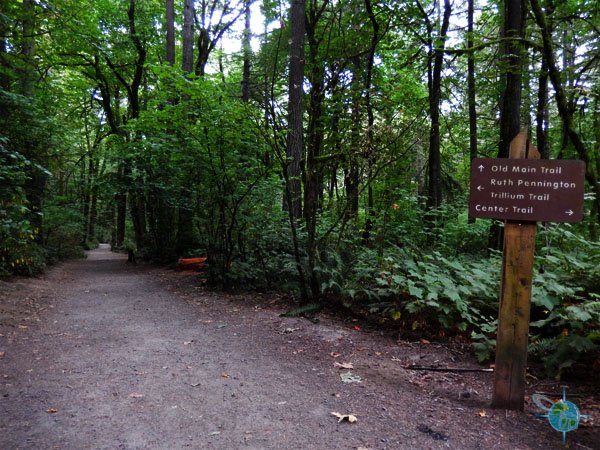
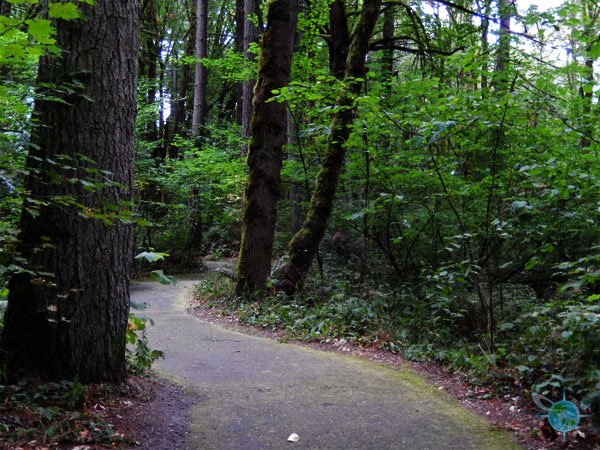
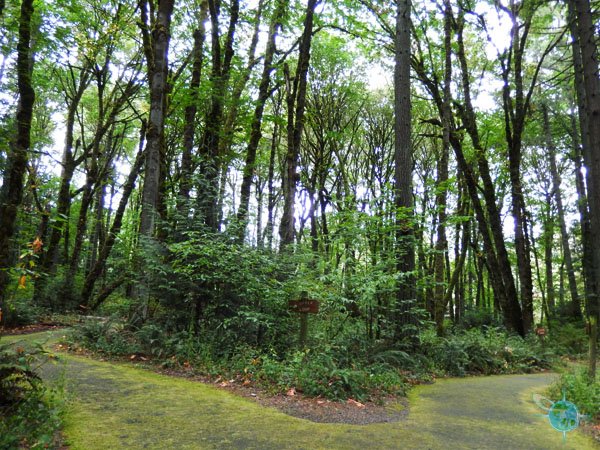
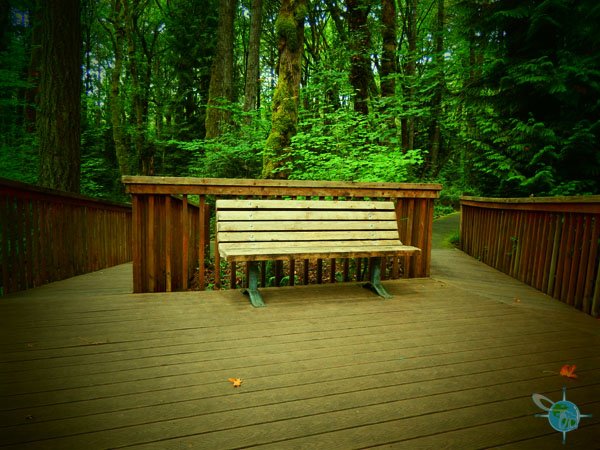
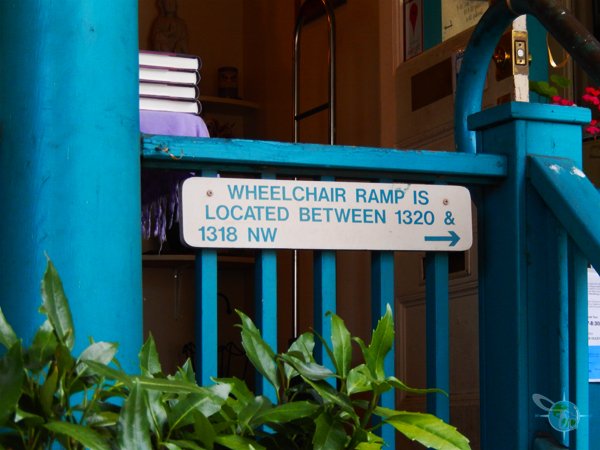
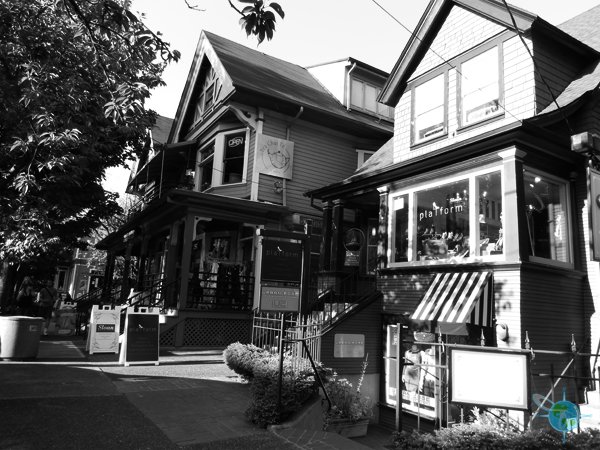
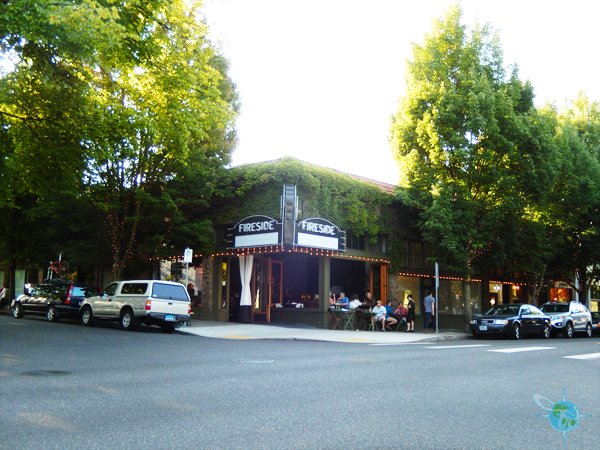
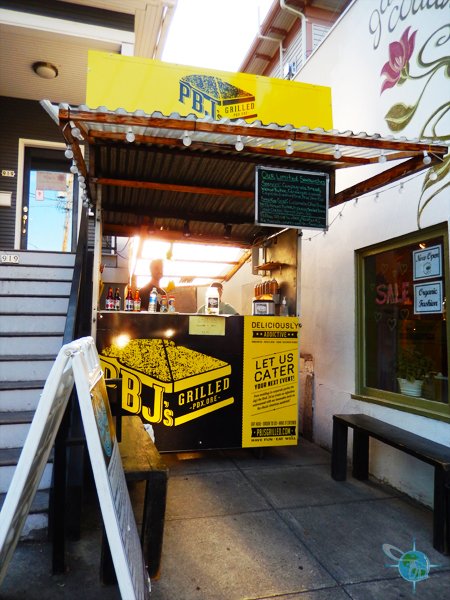
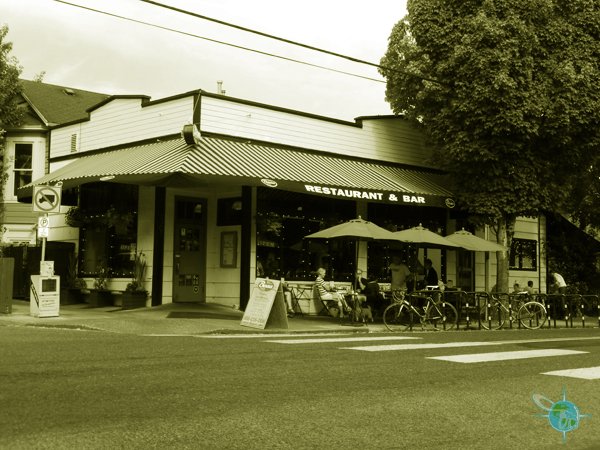
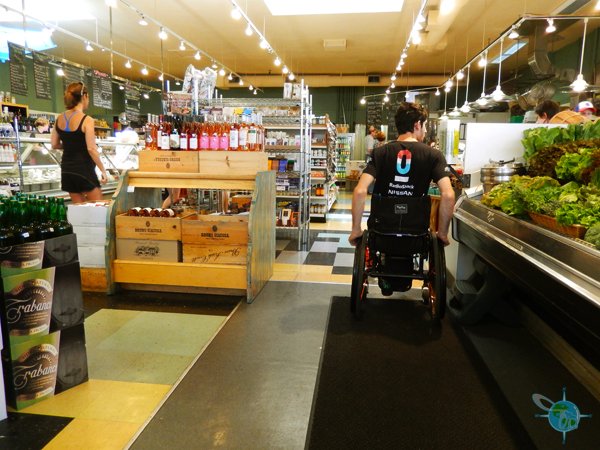
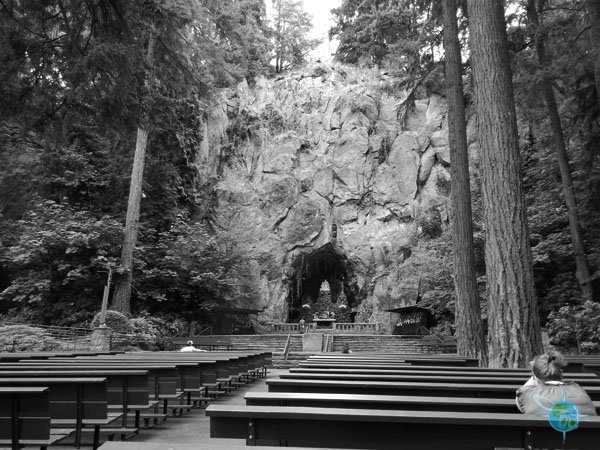
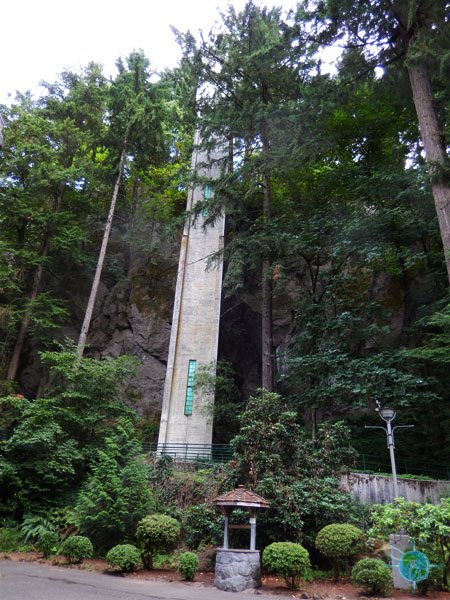

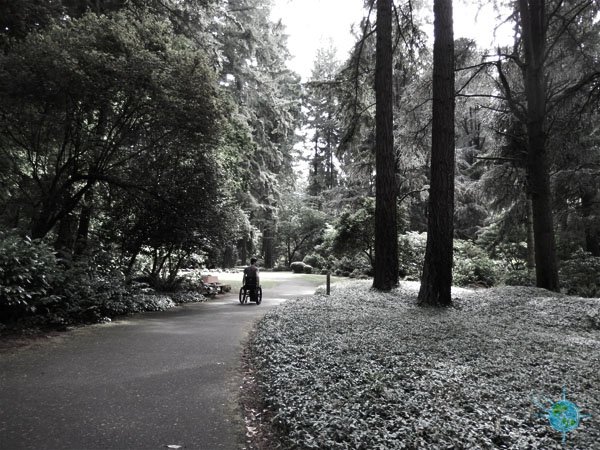
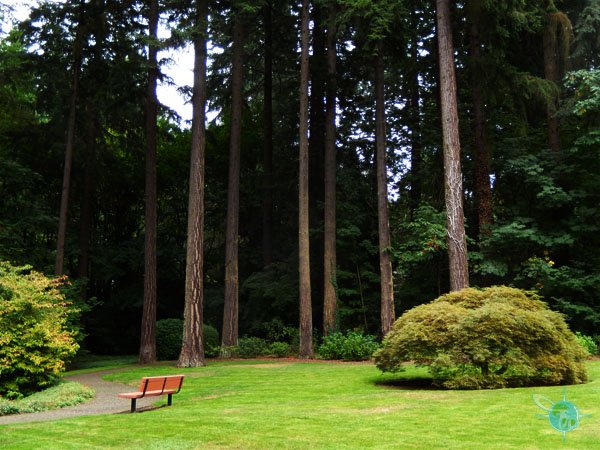
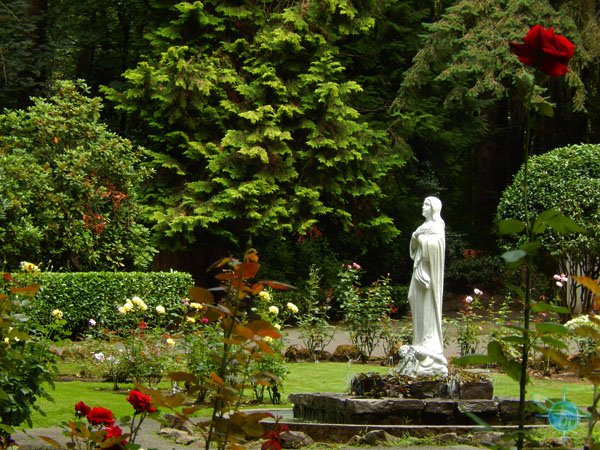
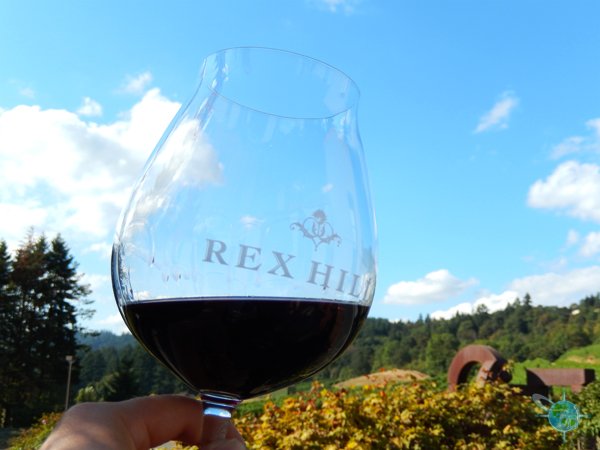
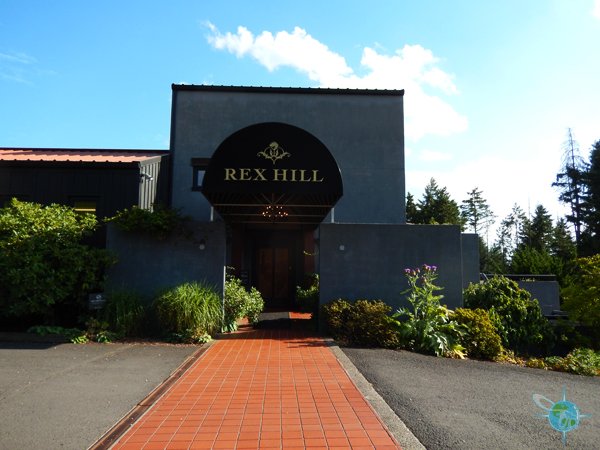
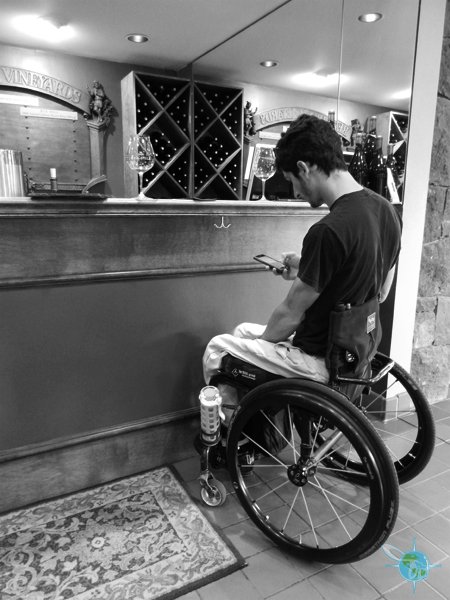
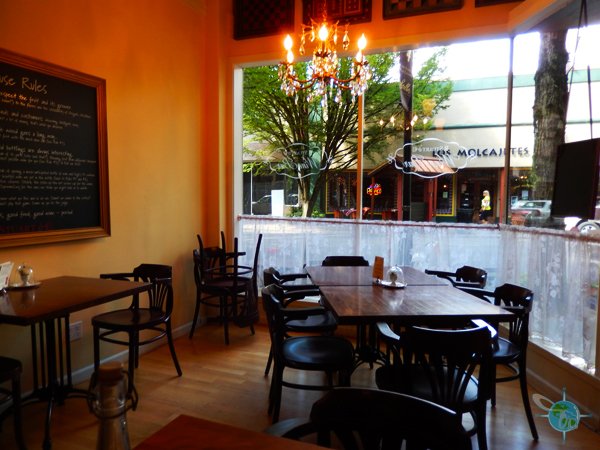
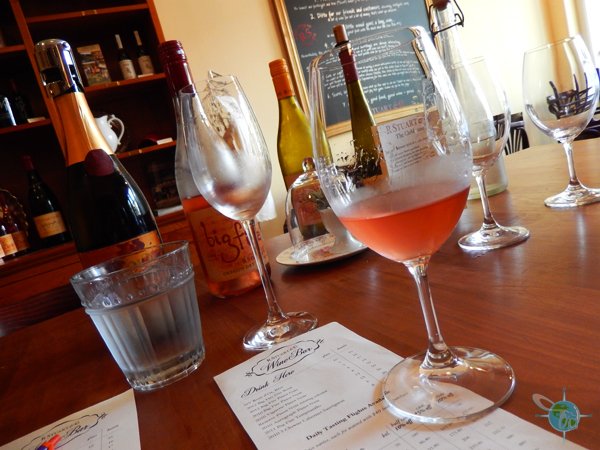
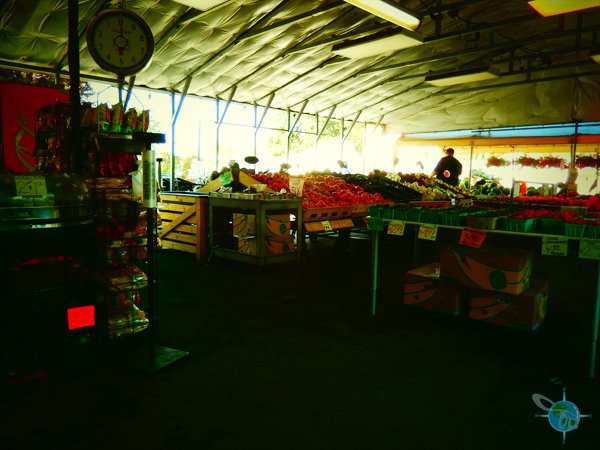
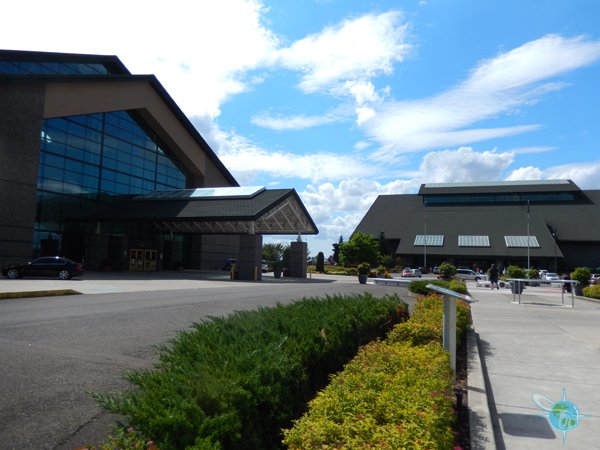

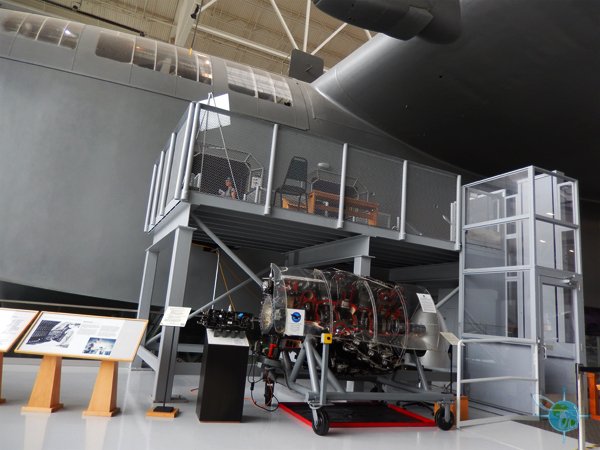
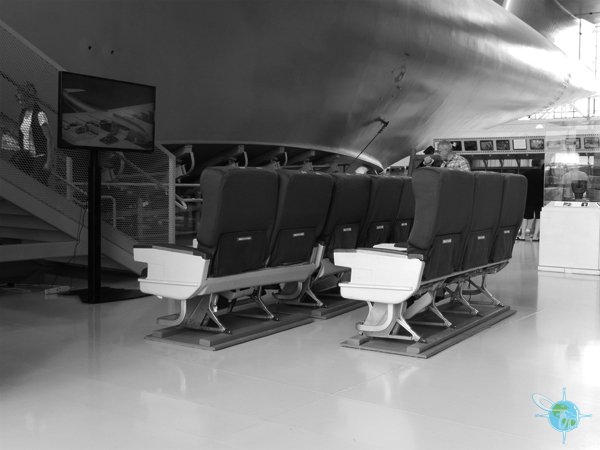
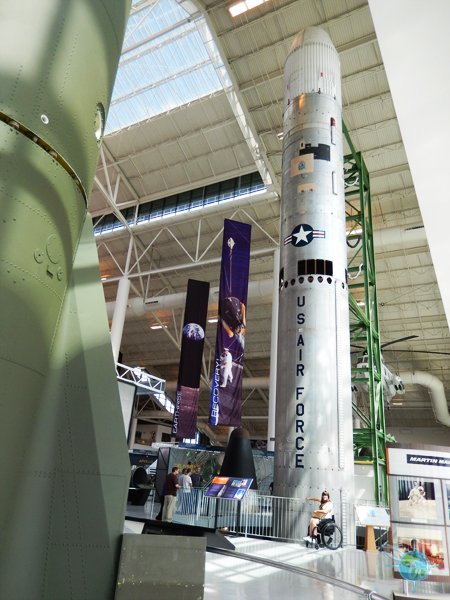
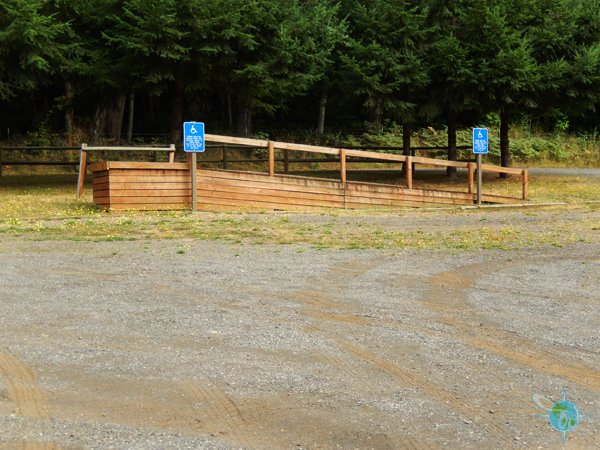
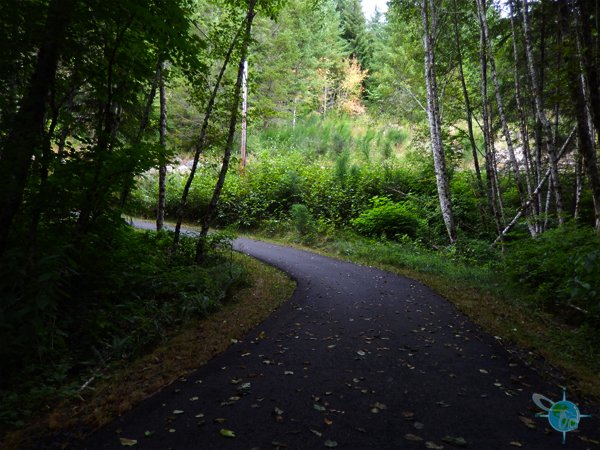
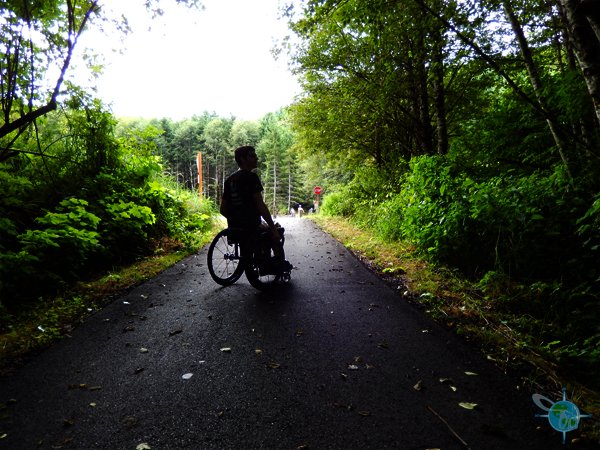
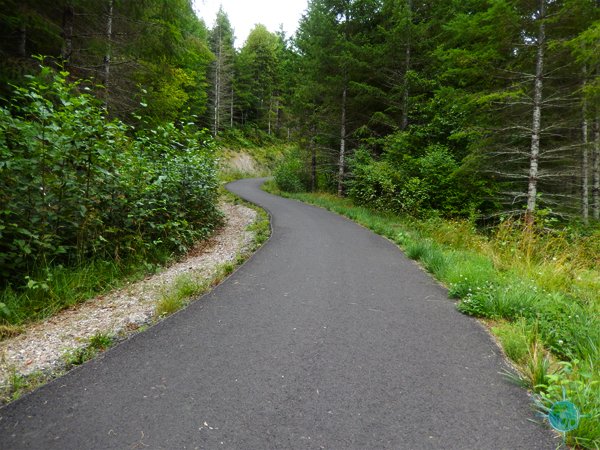
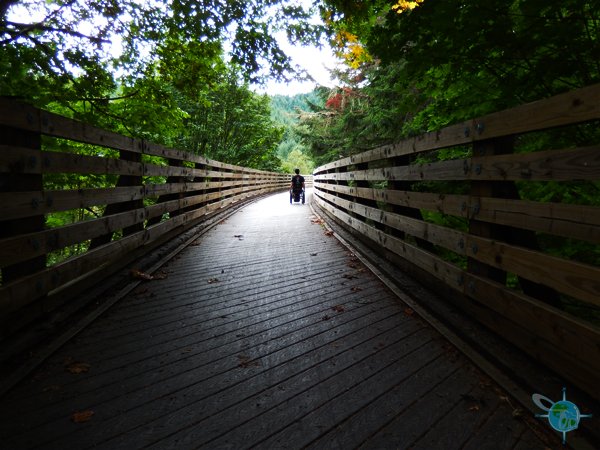
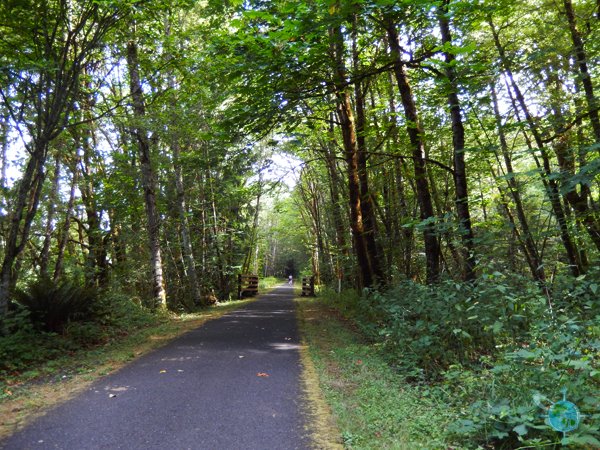
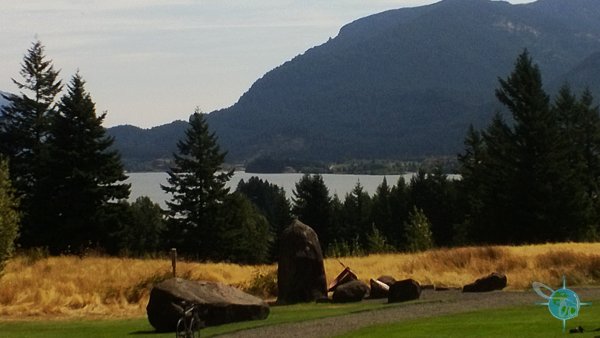
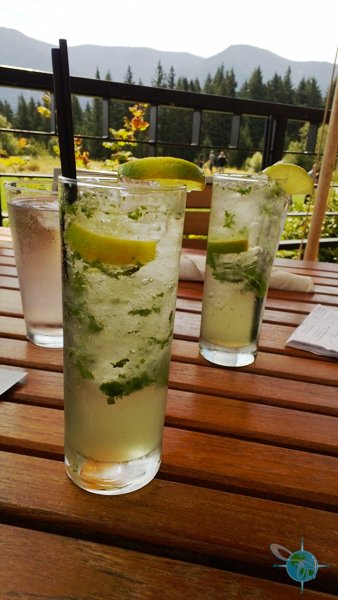
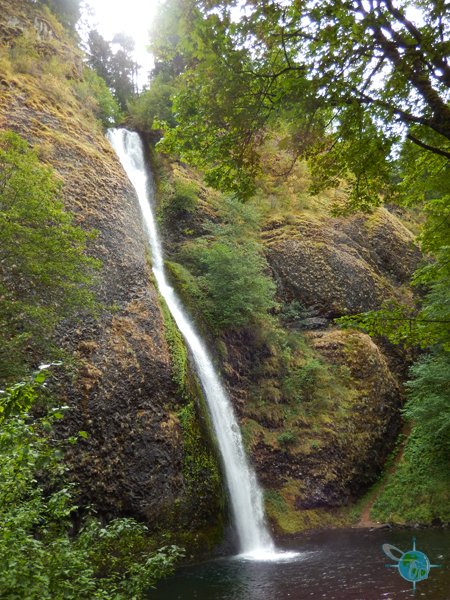

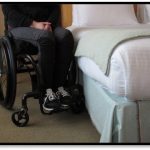
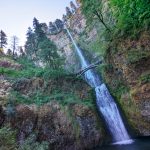
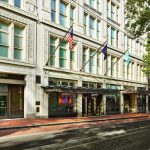

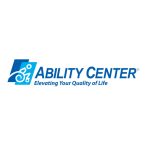
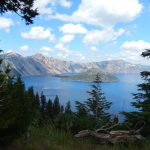
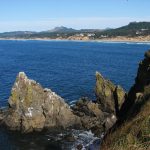
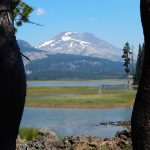

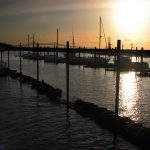
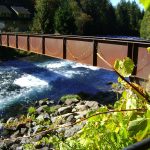
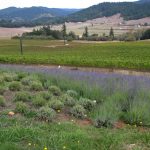
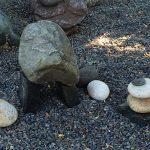



I may come to a seminar in the Hilton Portland + Executive Tower with a wheelchair/walker/cane older man flying into Portland airport. Are there handicapped facilities so the he can see anything except the hotel?